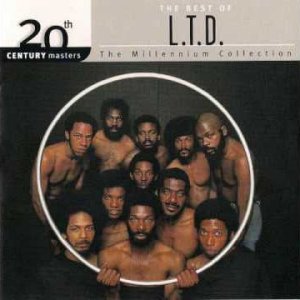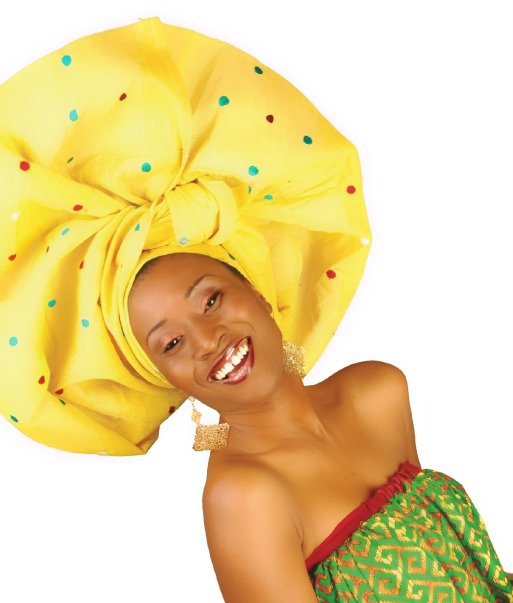Gele is an elaborate women's headdress made popular by its use by women in sub-Saharan Africa. The name is Yoruba but the art form represented by the headdress is used in geographical locations beyond the demographic concentrations of the Yoruba in south-west Nigeria. It is used mainly in other African countries and in the African Diaspora.
The art of gele is marked by a sense of dynamic form, in which eloquent and elegant creases, vertical stretching, horizontal elongation, perpendicular balance, spiral twists, among other design configurations, are used to create a structure out of cloth, a structure that acts as a crown for the head.
Implicitly related to the elaborate character of this striking headdress is a complex of ideas about the head as matrix of cognition and as symbol for ori, the invisible but potent "inner head", the cognitive essence of the individual which transcends death, and which embodies the ultimate potential of the self.
http://gelegelede.blogspot.com/


The art of gele is marked by a sense of dynamic form, in which eloquent and elegant creases, vertical stretching, horizontal elongation, perpendicular balance, spiral twists, among other design configurations, are used to create a structure out of cloth, a structure that acts as a crown for the head.
Implicitly related to the elaborate character of this striking headdress is a complex of ideas about the head as matrix of cognition and as symbol for ori, the invisible but potent "inner head", the cognitive essence of the individual which transcends death, and which embodies the ultimate potential of the self.
http://gelegelede.blogspot.com/









